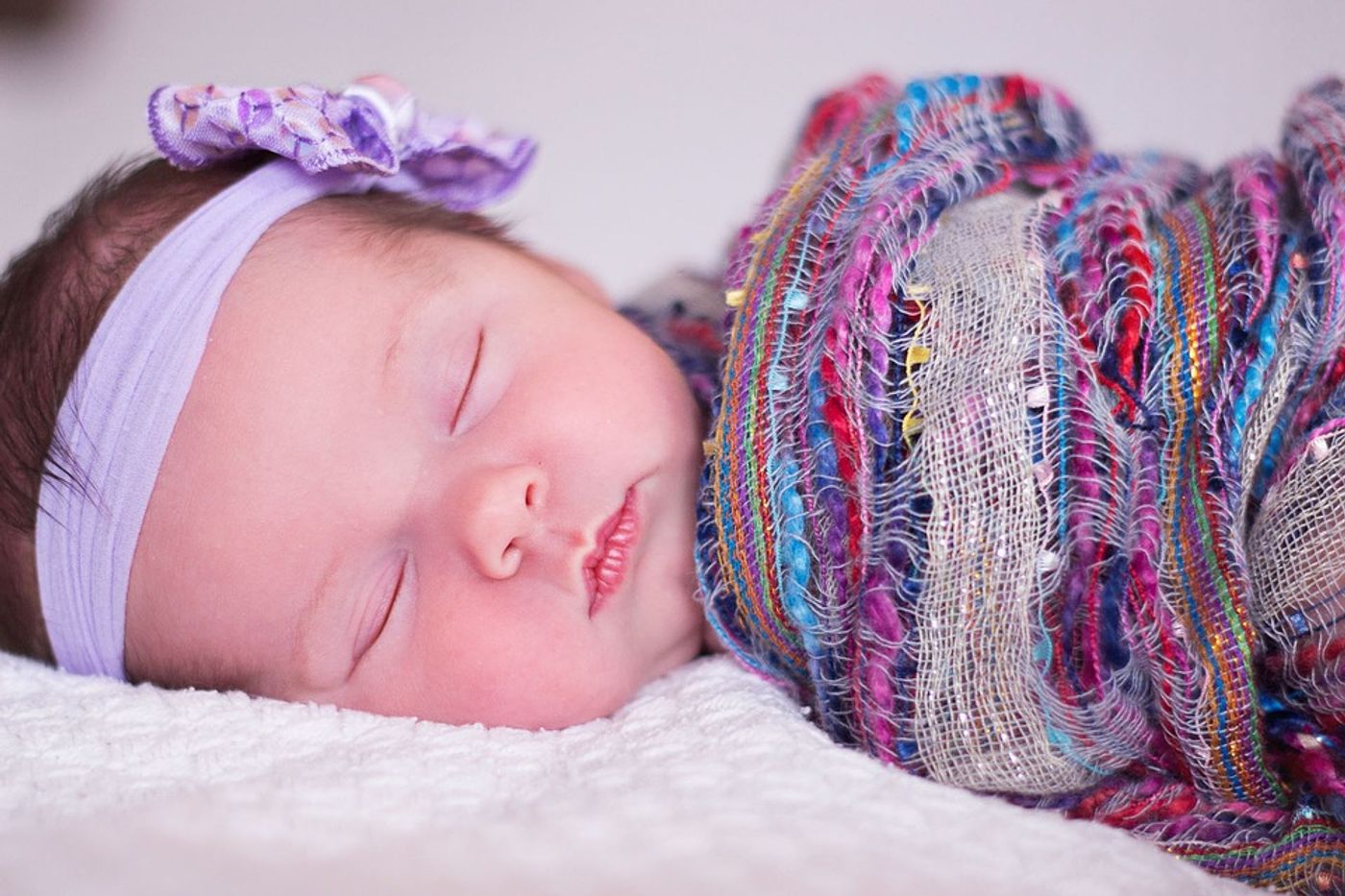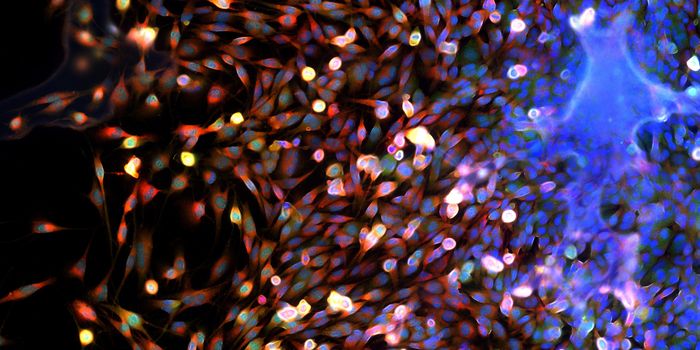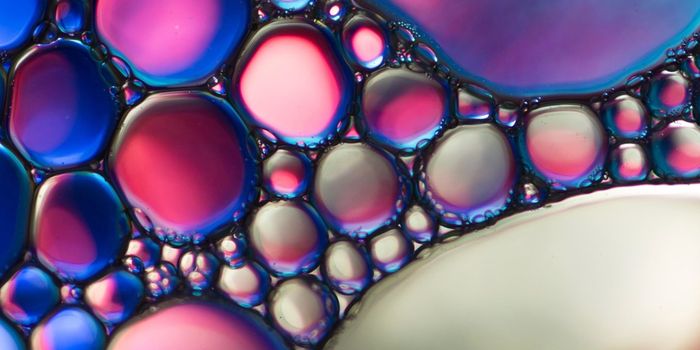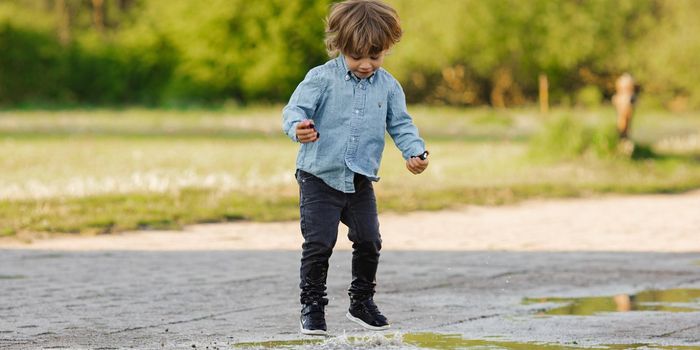'Innoculating' Newborns with Vaginal Fluids Found to be Unsafe
It’s known that children born by cesarean section are at greater risk for health issues later in life, and differences in the newborn microbiome are thought to be a reason why that happens. But those who are trying to counteract that effect by swabbing newborns with vaginal fluids are putting the cart before the horse, a new research review indicates. Some have warned of the potential risks of this procedure, and it seems those concerns are not unfounded. Mothers that get C-sections also receive antibiotics, and the authors say that is a big reason for the differences in the infant microbiome. Other factors like age and obesity in the mother as well as breastfeeding duration can account for other variations. The review has been published in Frontiers in Medicine.
"While we know that cesarean delivery impacts the infant microbiome, it's very unlikely these differences are caused by a lack of exposure to vaginal microbes at birth,” said Lisa Stinson, of the Division of Obstetrics and Gynecology, The University of Western Australia. “After reviewing the scientific evidence, we find no support for the 'bacterial baptism' hypothesis.”
C-sections increase the risk of allergies, asthma, autoimmune disorders and obesity later in life. We know that the microorganisms we carry in and on us exert a powerful influence on our health. Some people who thought that passage through the vaginal canal was responsible for these effects took action on that hypothesis. Word of mouth travels easily on the internet, so it wasn’t long before many women started to swab their babies with vaginal fluids, sometimes called vaginal seeding.
"My research involves working with a lot of mothers who are delivering by C-section and some mothers show an interest in vaginal seeding after reading about it on the internet. Understandably, they want to give their babies the best start in life and on the surface this practice makes sense," Stinson explained. "But there are certain risks, such as unintentionally transferring dangerous bacteria or viruses to the newborn, so we wanted to find out if these risks were justified."
Stinson’s research showed that the explanation for a C-section's microbiome effect wasn’t as simple as whether or not a baby made the trip through the vaginal canal. A complex situation emerged after a comprehensive review of research on newborns and their microbiomes, with antibiotic use emerging as the likely influence disrupting the microbiome, and mode of birth, the age of the mother and breastfeeding having effects.
"If passage through the vagina seeded babies with vaginal bacteria, we would expect to find these bacteria in babies born this way, but this is not the case. Microbes thrown out of balance in babies born by C-section are very similar to those thrown off balance in babies born to mothers receiving antibiotics but delivering vaginally. It is likely that routine antibiotic administration given to mothers delivering by C-section is a major underlying problem," explained Stinson.
"Mothers delivering by C-section are also more likely to be obese, have less breastfeeding success and give birth at an earlier gestational age, which can also account for differences in bacterial populations."
The one study Stinson found evaluating vaginal seeding did not show that it was useful. "Our review is useful to new mothers who are concerned about delivering by cesarean section. Hopefully, it will make them think twice about vaginal seeding, a process that can potentially introduce dangerous infections. It is also useful for clinicians, as they can show there is a lack [of] evidence to support this practice,” said Stinson.
Sources: AAAS/Eurekalert! Via Frontiers, BMJ, Frontiers in Medicine









